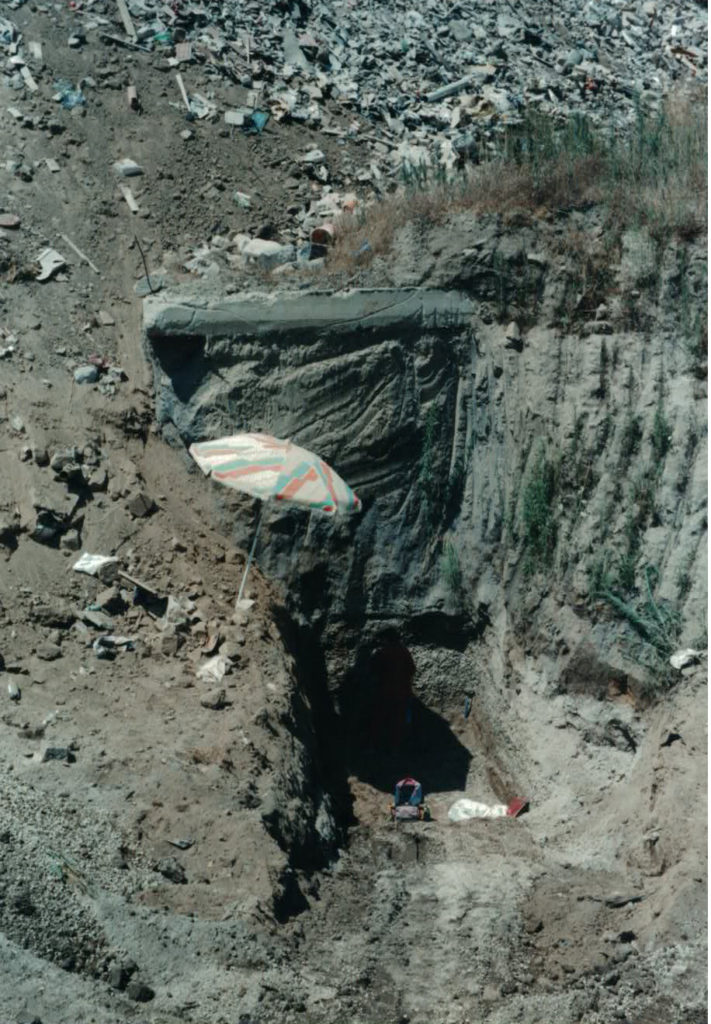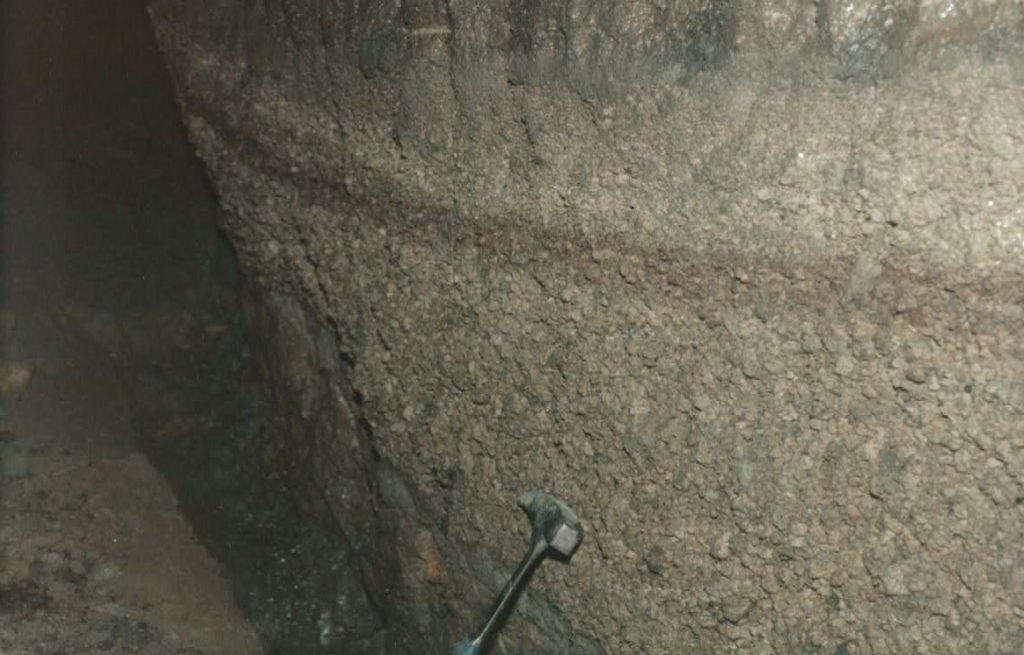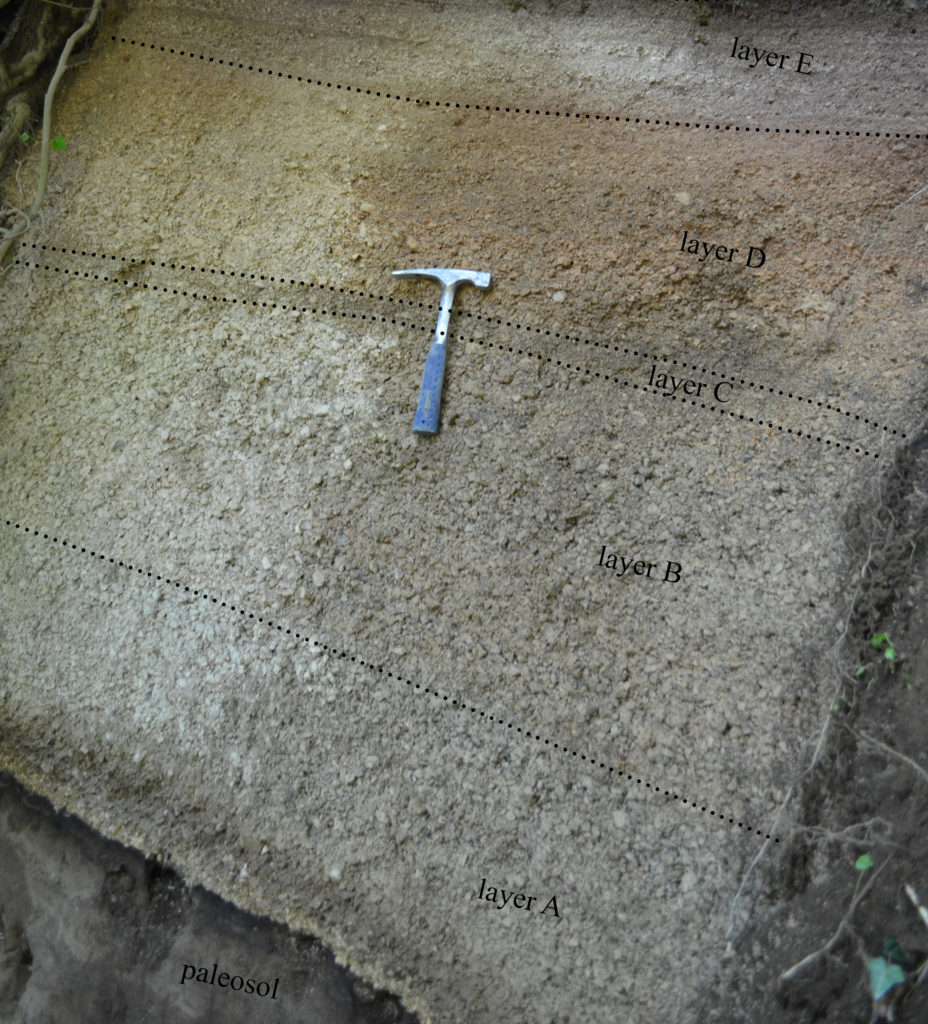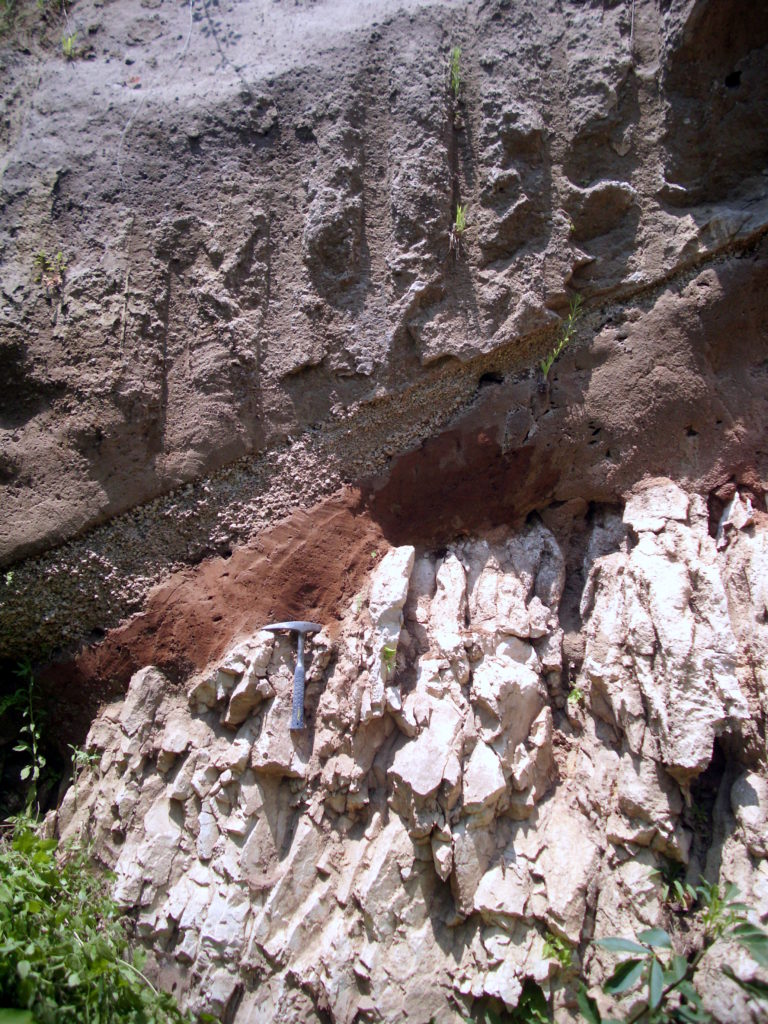Claudio Scarpati is currently aggregate professor of Physical Volcanology and Volcanology at University of Napoli Federico II (Italy) and a visiting professor of Volcanology at Brigham Young University (USA). Using a series of detailed case studies Professor Scarpati’s research centres around identifying and quantifying the processes involved in explosive volcanism. His main research interests include: evaluation of the damage caused by the products of explosive eruptions to buildings and humans; reconstructions of the natural events that have destroyed and buried numerous towns and villas in roman epoch; emplacement and eruptive mechanisms of large volume ignimbrite eruptions. He has investigated the active volcanoes of the densely inhabited Neapolitan region: Vesuvius and Campi Flegrei (Phlegraean Fields). Millions people live near Neapolitan volcanoes and could some day be directly impacted by an eruption. So, volcanic information could be helpful for city planners and others looking at development.
In 1978 some volcanologists recognized a widely distributed volcanic ash layer in the deep Eastern Mediterranean Sea. They supposed a source in Italy and indicated the Campanian Ignimbrite (CI) eruption as the most likely event that produced a so huge quantity of ash. Unfortunately, Italian volcanologists denied the presence of a subaerial fall deposit associated with the Campanian Ignimbrite. In 1987 RV Fisher, a lead volcanologist from University of California, Santa Barbara, spent part of his sabbatical year in the neapolitan area trying to solve another long-standing problem: the nature (laminar or turbulent) of the pyroclastic flow transport system. During my PhD, I volunteered to guide him for few months looking for useful evidences to constrain the behavior of the Campanian Ignimbrite pyroclastic flow.

Richard V. Fisher and a young myself in the old village of Caserta, where palaces were built with Campanian Ignimbrite bricks (Summer 1987).
But this is another story beautifully told in the Fisher’ autobiographic book ‘Out of the crater’. During those days, we found, at the base of the CI, in very few places, a pumice fall deposit: an evidence of a Plinian phase at the beginning of the CI eruption. I decided to devote my post-doctoral fellowship, to the study of this ‘hard to find’ deposit. I was not aware that this Plinian deposit would become the object of my research over the next thirty years! In those days, I started my search for the Plinian deposit with the help of my wife, Annamaria Perrotta, then a PhD student. With our old car we dedicated two long and hot southern Italy summers to the field survey.

Usually I had to give up studying the basal fall deposit of the CI when the blanket was too thick. In this case the owner of a disused quarry removed, with a bulldozer, the accumulation of garbage (at the top in the picture) and the whole ignimbritic succession to bring to light (just for a day!) the basal fall deposit. He also provided a parasol to shelter from the intense sun.
Our starting point were the several geological maps of the Campanian region, where the Campanian Ignimbrite was mapped in detail. But we learned immediately that the Ignimbrite presence did not imply the finding of the fall deposit to its base. The Plinian pumice fall deposit, which covered an area >4000 km2 within the 15 cm isopach, is sparsely exposed due to the combined effects of the caldera collapse in proximal areas (Campi Flegrei), burial of the fall deposit in the plains by tens of meters of the subsequent ignimbritic phase, and erosion in the mountains bordering the Campanian Plain. We understood that the fall deposit is preserved and accessible only where it is buried by thin and weakly welded ignimbrite. At the end of my fellowship (1991) we found 19 locations with the fall deposit, enough to have a rough idea about the stratigraphy and distribution of this Plinian deposit. At the end of the ’90s another research group dedicated a paper to this subject. It was a good reconstruction but far from complete due to the small amount of sections studied (14). Year after year, the number of localities where I found the whole basal fall deposit increased slightly.
Thanks are due to all people that helped us to find ‘hidden’ exposures, some of which were really unsafe. A quarryman (Mr. Bartolini) led me at the entrance of a tuff cave, on the Apennines Mountains, and let me go in alone, in a narrow tunnel, for tens of metres. Following his instructions, just near a landslide that blocked completely the dark and silent tunnel, I found the lapilli pumice deposit.

Campanian Ignimbrite basal lapilli fall deposit in a deep cave 53 km from the source. This part of the cave was just 0.5m large and 1.5 m height with a trickle of water on the floor. The photo is undersaturated because lit only by the camera flash.
Our field work, supported by hundreds of grain-size, component and chemical analysis showed that the fall deposit displays internal stratification and strong size grading; it was divided into five different layers.

Representative medial Plinian pumice fall outcrop at Visciano at a distance of 44 km from the vent. Layers A–E are fall units.
In the 2003 we were able to calculate the volume of the CI fall deposit, discriminating the contribution of the two main eruptive phases: a sustained column phase that produced a proximal to medial Plinian lapilli deposit and distal co-Plinian ash deposit and a collapsing phase that produced a distal co-ignimbrite ash deposit. The main results were that the co-ignimbrite phase emplaced about 100 km3 of tephra and that the distal co-Plinian ash volume was three times larger than the volume of the proximal/medial lapilli deposit.

The Campanian lapilli fall deposit on the sedimentary rock of the Appennine Chain; its original thickness has been strongly eroded by the overlying Campanian Ignimbrite.
As previously mentioned, the extensive erosion suffered by the fall deposit was a major obstacle in the reconstruction of its dispersal and stratigraphy. But problems can be turned into opportunities. With the accumulation of field data we recognized a well-defined pattern in the erosion caused by the overlying ignimbrite. We developed a model on the erosional characteristics and behavior of large pyroclastic currents published in Geology in October 2012. I want emphasize that innovative models may be the result of an unplanned research.
Another peculiar feature of this Plinian deposit was the lack of proximal successions. A few years ago I involved my PhD student, Domenico (Nico) Sparice to search for proximal CI Plinian deposit. We identified few outcrops along the Campi Flegrei caldera boundary and within the city of Naples. The diffuse bedded structure of the proximal fall deposit contrasts with the stratified and graded nature of its medial counterpart.
Facies and sedimentological data suggest that near-vent sedimentation was influenced by material emplaced from different parts of the plume. A strong contribution of coarse clasts falling from the low margins of the plume (jet phase) can be invoked for the CI proximal fall deposit (details on the July 2016 issue of Journal of Volcanology and Geothermal Research).

(top left) A thin lapilli fall layer is exposed in a quarry 50 km east of Campi Flegrei; (top right) Massive to stratified coarse and thick proximal CI Plinian deposit along the Campi Flegrei caldera rim; (bottom) our research group (from left Annamaria Perrotta, Nico Sparice and with a pink t-shirt myself) guide prof. Steve Sparks and his four Phd students in a field survey devoted to the CI fall deposit (2010).

The good and the bad of field survey. A farmer invited me to have lunch with food grown on the farm, this occurred three times in thirty years (on the left). Very often it was necessary to dig to reach the base of the CI succession. In this case the hole was as deep as me (on the right).
After thirty years of field and laboratory researches, I was able to finally calculate, the physical parameters of the Plinian phase of the Campanian Ignimbrite eruption (this is in press on the July 2016 issue of Geological Society of America Bulletin). Initially, the plume dispersed 1.3 km3 of tephra toward the ENE from a height of 29 km (layer A). A gradual increase in intensity resulted in inverse grading of layer B. Column height increased from 26 to 37 km at a vertical velocity of 3.6 m/s. It had a main dispersal axis to the east and a secondary lobe to the southeast. During this phase, a maximum volume of 1.73 km3 of tephra was emplaced. Accessory lithic fragments concentrated in layer C are possibly due to vent clearing after partial blockage of the vent. The 33-km-high column dispersed ejecta to the east with only 0.2 km3 of tephra erupted during this phase. During the successive gradual decline in eruption intensity (column height decreased from 38 to 32 km at a velocity of 4.2 m/s), a normally graded layer (D) with a volume of 1 km3 accumulated to the east. The sustained column phase ended with a pulsating and partially collapsing column that reached 23 km in height and dispersed 1.1 km3 of a stratified and lithic-rich succession (layer E) to the southeast. If we include the distal co-Plinian deposit, a total volume of 7.8 km3 (dense rock equivalent) of magma was released (containing 0.09 km3 of accessory lithic fragments). Tephra mass is 2 × 1013 kg including the co-Plinian ash. Mass discharge rates ranged from 0.9 to 6.7 × 108 kg/s. The calculated magnitude of the sustained column phase is 6.3. The duration of the Plinian phase of this eruption, based on the ratio of two parameters, erupted mass divided by discharge rate, is estimated to have been ~20 h (including co-Plinian ash). This study shows that Plinian deposits are not always homogeneous and, as for pyroclastic current deposits, can show an articulate architecture.
This long lasting adventure allowed a deep knowledge of my region. If you consider that Prof. Fisher quoted in his book: “…with Claudio, my field assistant, we spent four months driving in the greater Naples region and … traveled ten thousand miles”, possibly in the successive 30 years I have traveled a distance not far from a round the world.

Landscapes and Campanian Ignimbrite: (top left) lemon trees on CI in a terraced valley; (top right) the ghost town of Tocco Caudio is built on a small hill of CI, 49 km from the source; (bottom left); CI cliff near the lovely town of Sorrento; (bottom right) north of Naples the roman via Appia cut the CI.
![]() This work is licensed under a Creative Commons Attribution-NonCommercial-ShareAlike 4.0 International License.
This work is licensed under a Creative Commons Attribution-NonCommercial-ShareAlike 4.0 International License.
